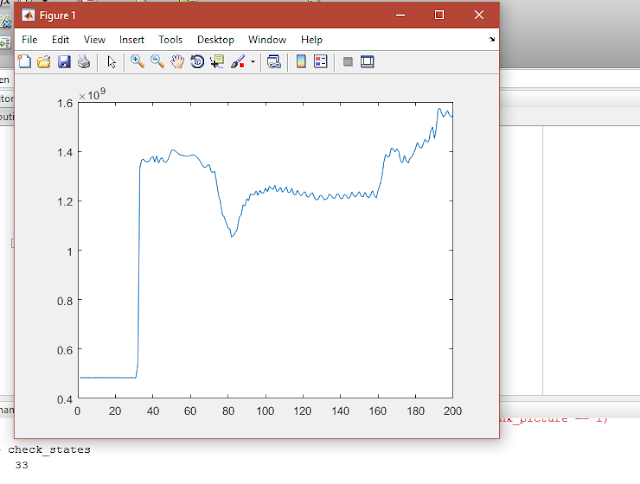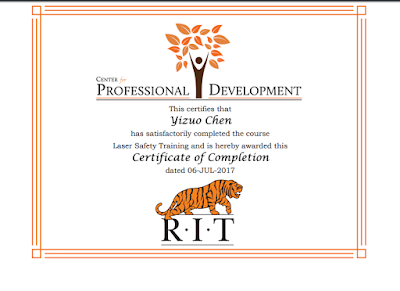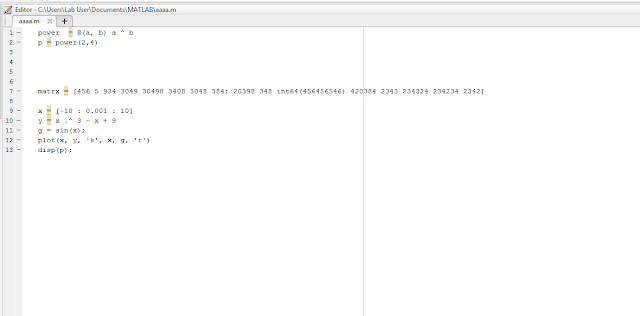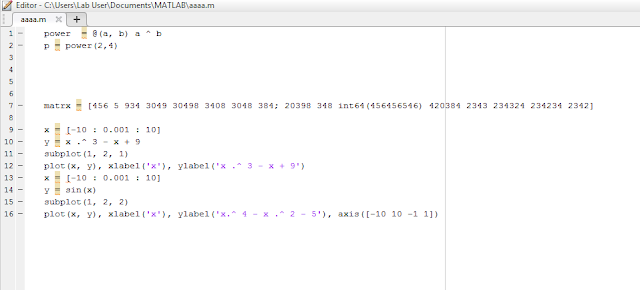Yizuo Chen
1. (Title)Pump-Probe imaging for analyzing femtosecond laser-induced structure changes
Two images: surface before hitting by laser; surface after hitting by laser(final state).
2. (Summary)
· Femtosecond laser has been widely used for optical and photonics fabrication
· The pump-probe imaging system was constructed to investigate silicon ablation process.
· (*)The images of surface structures at different delay times were collected and analyzed.
· (*)The patterns of surface structure changes reflected effects of femtosecond laser on the silicon ablation.
3. Femtosecond laser has been used on material removal in various ways.
Several images of femtosecond laser cutting glasses, nanostructure, etc.
Left: Combine the real system and the model image
Right: the model diagram with specific lengths and measurements.
5. Dynamic change of optic substrates was investigated by changing the delay time
6. Zero time delay point: Intensity autocorrelation and Second Harmonic Generation
Show the equal distances of pump beam and probe beam generates SHG
Image: zero-time delay setup diagram
7. The laser intensity was determined through calculations.
Show the calculations of the Gaussian beam energy by using propagation formula and focus equation
8. A real image capture camera was built by using a CCD camera and an objective.
Show the inverse Focus equation used for putting the objective.
Show images of investigating principles of camera imaging.
Show how to control the time delay line through software, CCD camera, and delay box through Labview or Matlab
Image: connect the delay box and oscilloscope box
Front panel programming to set up the triggering and delay time.
An attempt to send CCD and laser box signals using delay box.
11. CCD camera was connected to a laptop by using Matlab scripts.
Frame rate and exposure time were set and the trigger method was tested. All the images will be sent to a folder and be analyzed automatically.
Image: plotted graph of the pixel sums of testing in a dark room with light.
Image: diagram from Labview.
An attempt to connect all the systems together.
14. (*) Comparison algorithm was used to show the periods of the sample surface structure evolution.
Diagrams to show the comparison algorithm
15. (*) Show the patterns found by using the algorithm
Images to show the diagrams or data.
16. Conclusion.
· Femtosecond laser has been widely used for optical and photonics fabrication
· The pump-probe imaging system was constructed to investigate silicon ablation process.
· (*)The images of surface structures at different delay times were collected and analyzed.
· (*)The patterns of surface structure changes reflected effects of femtosecond laser on the silicon ablation.
17. My Contributions.
· Controlled Delay line software to find the zero time delay point.
· Determined the laser intensity by writing Matlab Code for pump beam spreading and focusing.
· Wrote CCD camera routine in Matlab to set CCD camera’s triggering and to save all the images to a computer automatically.
· Worked on Delay Box Front Panel Programming and Tested it with an oscilloscope box to generate time delay between signals.
· Worked on camera imaging principles in order to develop CCD camera to a real camera.
· Wrote Probe beam propagation code in Matlab to calculate the change of probe beam’s spot size as well as the position of the objective
· Worked on constructing the system on Labview; (stopped by the lack of visual acquisition software).
*: not sure whether can be done on time
























